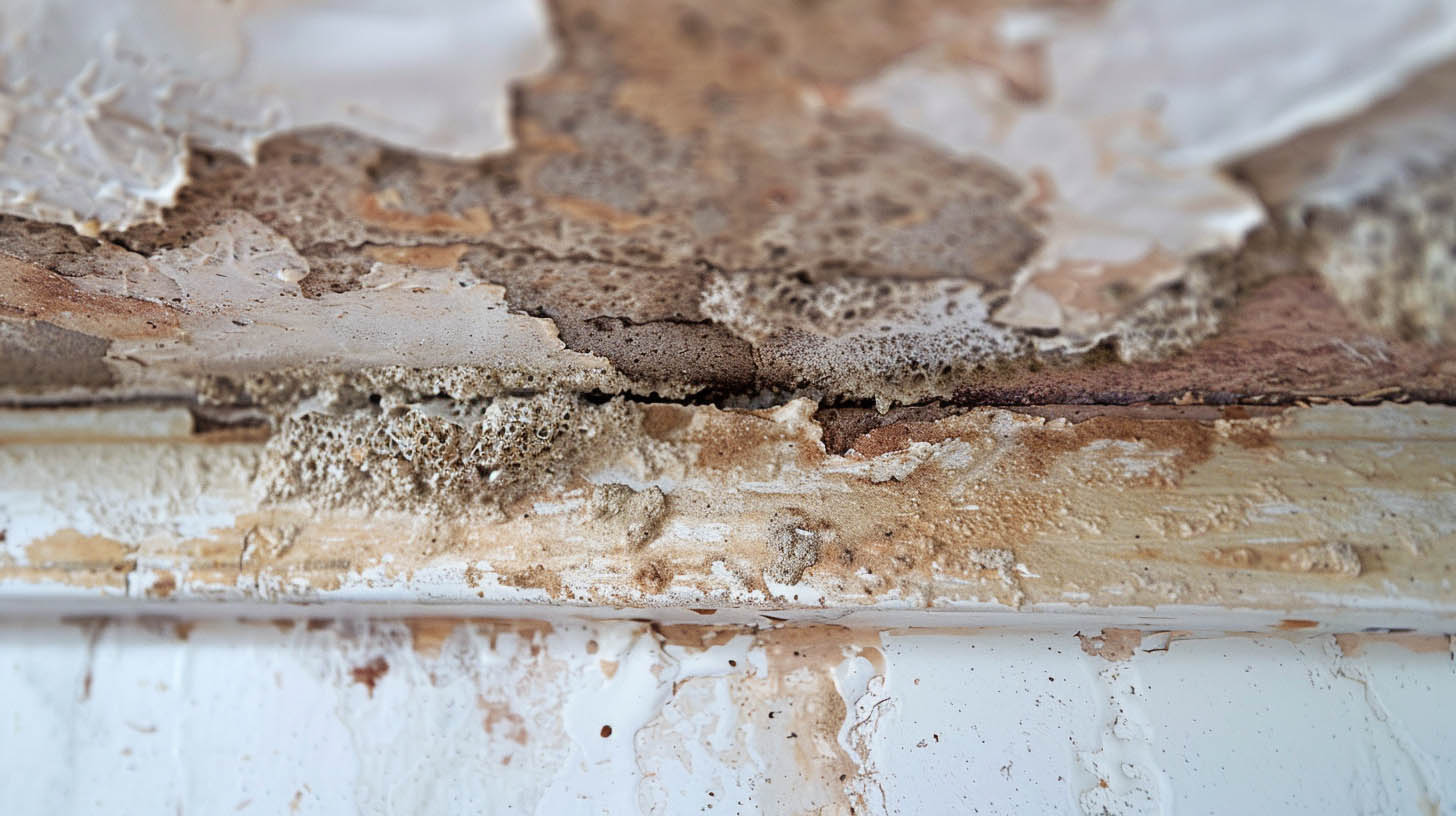
Mold growth on the ceiling is not just an unsightly issue; it’s a red flag signaling potential roof damage. This occurrence often points to moisture problems that, if left unchecked, can lead to significant structural concerns. Understanding the underlying causes and implementing timely solutions is crucial for maintaining the integrity of your home.
Moisture is the primary culprit behind mold growth on ceilings. Various factors contribute to its presence, including leaks in the roof, inadequate ventilation, and condensation. Roof leaks are particularly concerning as they allow water to infiltrate the home, creating a damp environment conducive to mold development. Identifying and addressing these leaks promptly can prevent further damage and mold proliferation.
Several indicators can suggest your roof may be compromised, leading to moisture and mold issues:
Addressing mold growth and underlying roof damage requires a comprehensive approach:
Located in Chambersburg, PA, Teflon Roofing specializes in identifying and addressing the root causes of ceiling mold through expert roof repair and maintenance services. Our team is committed to providing durable solutions that not only resolve current issues but also prevent future occurrences.
Mold on your ceiling is a serious concern that often indicates underlying roof damage. Prompt action to address both the mold and its source is essential for protecting your home and health. With the right approach to repair and prevention, you can ensure a safe, mold-free environment.
Chambersburg, PA 17201
Open: 24/7
Contact Us Today
Copyright © Teflon Roofing